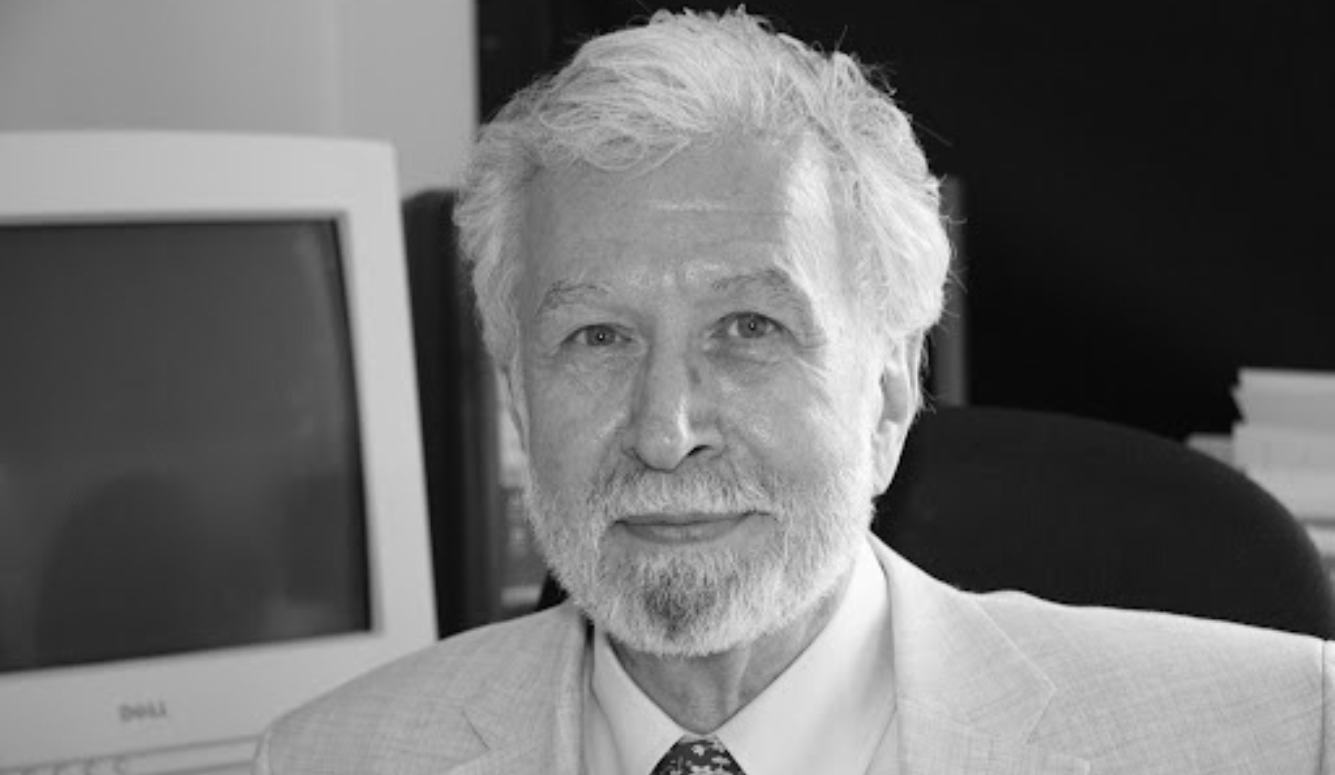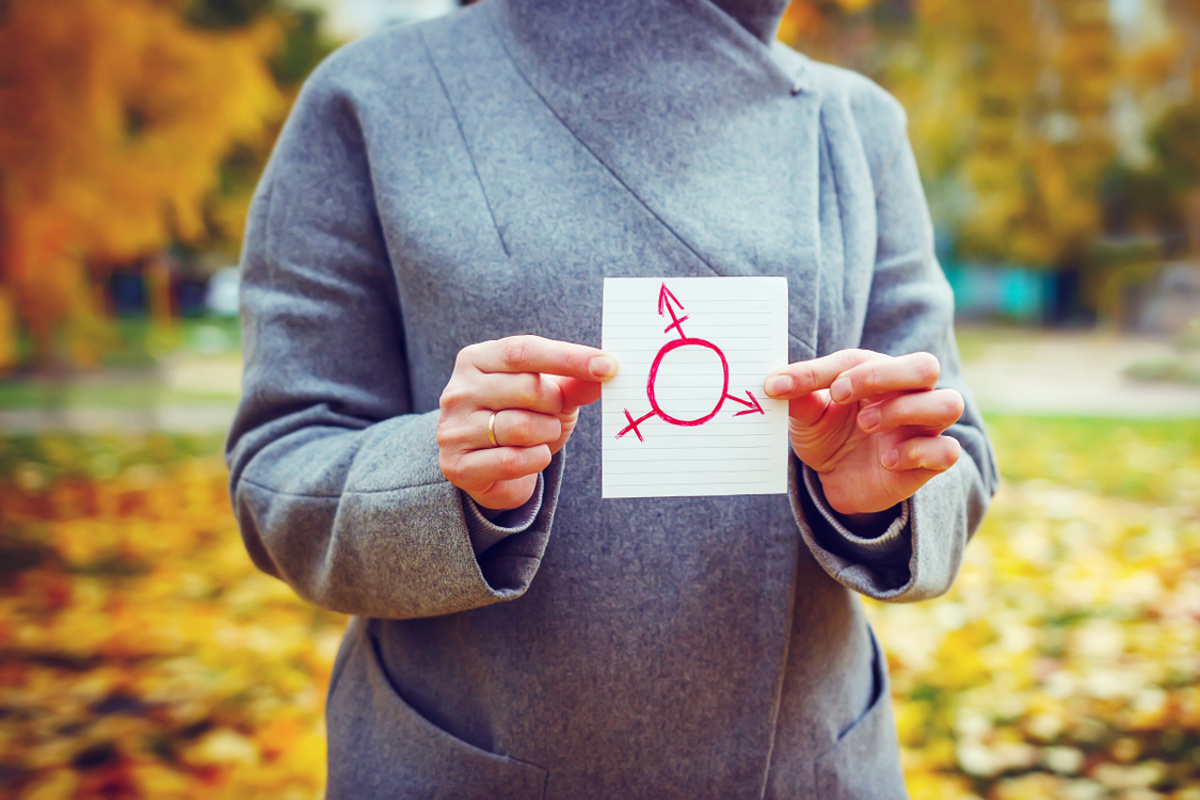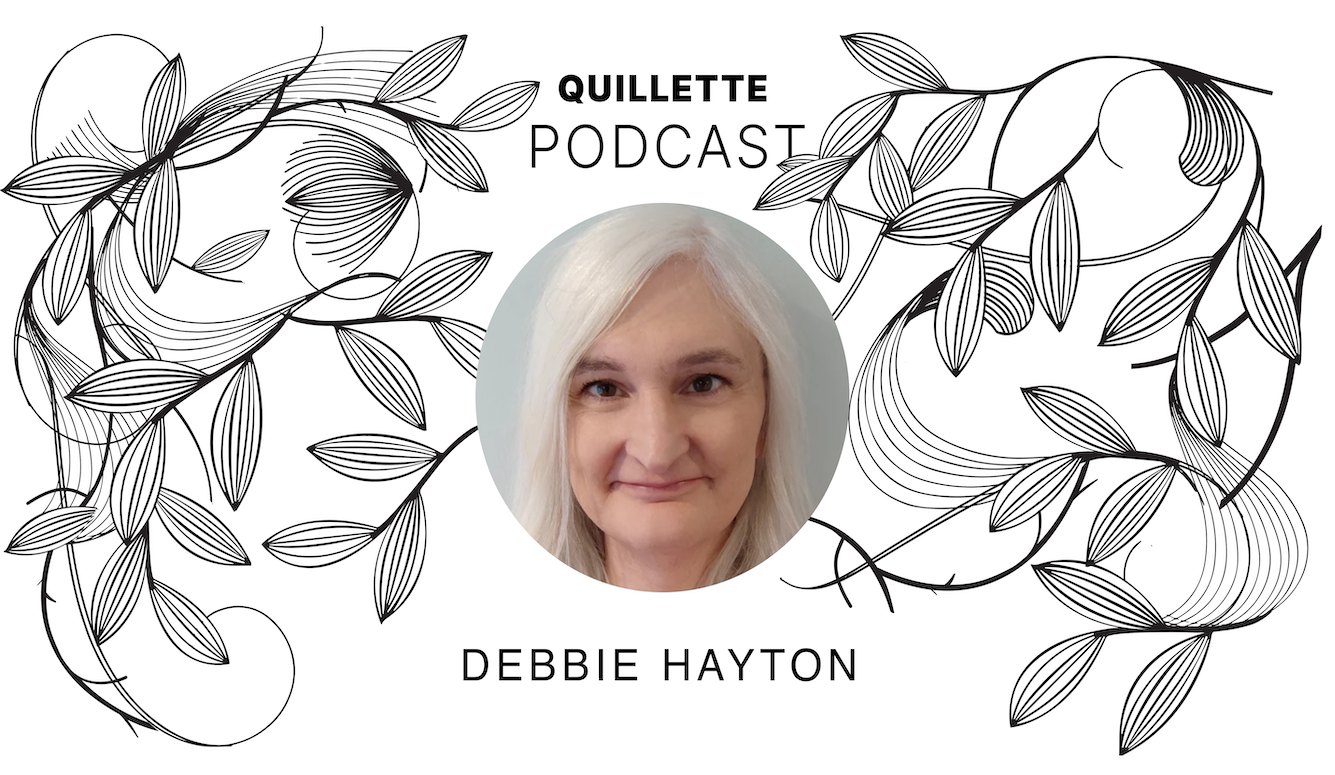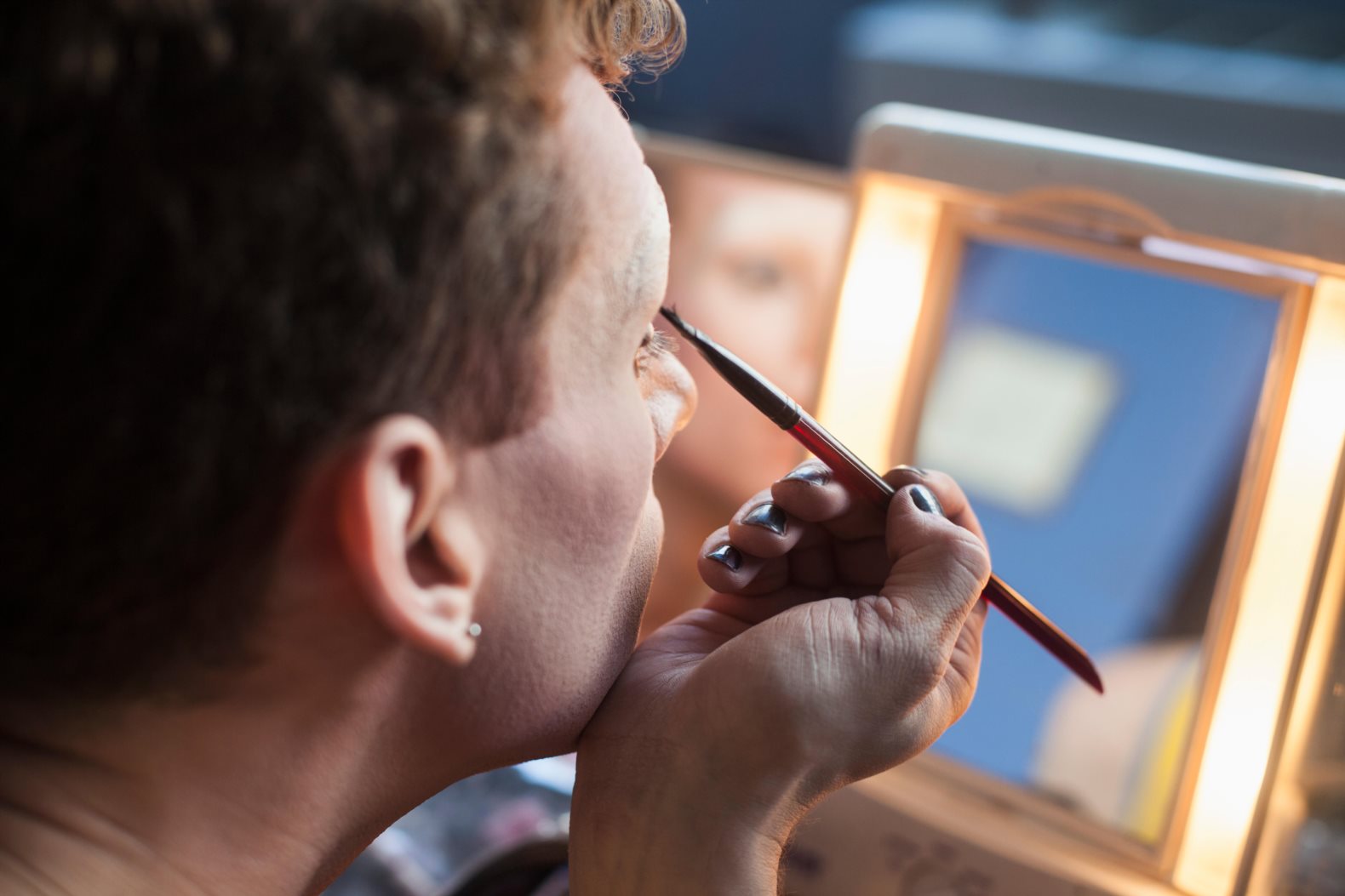Autogynephilia
What Is Autogynephilia? An Interview with Dr Ray Blanchard
Modern trans activists reframed transsexualism/transgenderism as a political problem rather than a clinical problem.

Ray Blanchard is an adjunct Professor of Psychiatry at the University of Toronto who specialises in the study of human sexuality, with a particular focus on sexual orientation, paraphilias, and gender identity disorders. In the 1980s and 1990s he developed a theory around the causes of gender dysphoria in natal males that became known as ‘Blanchard’s transsexualism typology’. This typology—which continues to attract a great deal of controversy—categorizes trans women (that is, natal males who identify as women) into two discrete groups.
The first group is composed of ‘androphilic’ (sometimes termed ‘homosexual’) trans women, who are exclusively sexually attracted to men and are markedly feminine in behaviour and appearance from a young age. They typically begin the process of medical transition before the age of 30.
The second group are motivated to transition as a result of what Blanchard termed ‘autogynephilia’: a sexual orientation defined by sexual arousal at the thought or image of oneself as a woman. Autogynephiles are typically sexually attracted to women, although they may also identify as asexual or bisexual. They are more likely to transition later in life and to have been conventionally masculine in presentation up until that point.

Although Blanchard’s typology is supported by a wide range of sexologists and other researchers, it is strongly rejected by most trans activists who dispute the existence of autogynephilia. The medical historian Alice Dreger, whose 2015 book Galileo’s Middle Finger included an account of the autogynephilia controversy, summarises the conflict:
There’s a critical difference between autogynephilia and most other sexual orientations: Most other orientations aren’t erotically disrupted simply by being labeled. When you call a typical gay man homosexual, you’re not disturbing his sexual hopes and desires. By contrast, autogynephilia is perhaps best understood as a love that would really rather we didn’t speak its name. The ultimate eroticism of autogynephilia lies in the idea of really becoming or being a woman, not in being a natal male who desires to be a woman.
I interviewed Blanchard over email and Skype. The text has been lightly edited for clarity.
What has been the response to your work on autogynephilia, both within the trans community and without?
Ray Blanchard: I introduced the word and the concept of autogynephilia—the tendency of certain males to become sexually aroused by the thought or image of themselves as females—in 1989 as an extension of the concept of transvestic fetishism. The DSM diagnosis, Transvestic Fetishism, was defined in psychiatry at that time as sexual urges and fantasies involving cross-dressing in heterosexual males.
I published my early writings on autogynephilia in specialty journals with very small circulations. I intended them for a tiny readership of clinicians who specialized in the assessment and management of gender-dysphoric patients. However, this work attracted the attention of two individuals who decided to promote it more broadly, one online (Anne A. Lawrence) and one in a book (J. Michael Bailey). These efforts, especially the book, enraged three influential trans women—two of them senior academics—who attempted to get Bailey fired from his teaching position at Northwestern University for writing it. This campaign has been documented in detail by Alice D. Dreger, a medical historian. Paradoxically, the efforts of trans activists, then and today, to completely suppress any mention of autogynephilia in public discourse has resulted in an increased public awareness of it. I think the self-defeating behavior of trans activists has persisted because the idea of autogynephilia cuts too close to the bone. If the idea had no resonance with them, they would simply have ignored it, and the idea of autogynephilia would just be one of many forgotten hypotheses of gender identity disorder.
Subsequently other strange and unexpected (to me) events befell my notion of autogynephilia. Modern trans activists reframed transsexualism/transgenderism as a political problem rather than a clinical problem. The flat denial that autogynephilia exists became a canon of modern trans activism, trans activism become a sub-department of the Social Justice Movement, and the Social Justice Movement became a primary combatant in the ongoing, pervasive Culture Wars.

The upshot is that most trans activists—and, in solidarity, their “allies”—deny that autogynephilia exists. Since most university psychologists, sociologists, and humanities professors are “allies,” the topic of autogynephilia may be omitted from Human Sexuality or Gender Studies courses for a generation. The other side in the Culture Wars (whatever one wishes to call that side) are prepared to recognize the existence of autogynephilia as soon as they learn of it, but they tend to hurl it as an insult at male-to-female trans who offend them. That, of course, is not what I intended when I coined the term 30 years ago.
At present, many heterosexual MTFs—in their own view, lesbian trans women—police online forums ceaselessly for any mention of autogynephilia. If a newcomer posts that he thinks that autogynephilia describes his own experience, they will quickly let him know that this is wrongthink and that autogynephilia does not exist. It is therefore hard to get any sense of how many autogynephilic gender dysphorics privately think that autogynephilia describes their own experience, because stating that online will produce scorn and other negative reactions.
Has the prevalence of autogynephilia increased in recent decades, or are autogynephiles simply more likely to transition than they once were?
I very much doubt that the prevalence of autogynephilia per se, or the prevalence of autogynephilic gender dysphoria, has increased. I think that what has changed is the proportion of autogynephilic trans who have “come out” to their families, friends, and employers, not the total number of autogynephilic trans. Forty years ago, an autogynephile’s decision to transition to the female role often had negative consequences in the personal and employment spheres. Now that decision is as likely to get them praised for courage as it is to get them criticized for selfishness and irresponsibility.

The change in consequences for the androphilic trans has been much less. They tend to be conspicuously feminine (or effeminate) in manner, even when they are trying to “butch it up,” and this was as true 40 years ago as it is now. The androphilic trans had less social status to lose by transitioning then, and that is also true now.
When I looked at the relative numbers of autogynephilic and androphilic gender-dysphoric males back in 1987, the autogynephilic cases were already a majority, approaching 60 percent. The proportion had reached 75 percent by 2010, and it might be even higher now.
I don’t know of any evidence of significant populations of autogynephilic MTF trans in any non-Western countries. That doesn’t mean such individuals don’t exist. It could simply mean that, for non-homosexual males, the social cost of “coming out” as trans is much higher in non-Western cultures.
Would you recommend medical transition as a means of treating gender dysphoria in patients with autogynephilia?
This depends on the intensity of the autogynephilia and, perhaps more importantly, on the severity of any gender dysphoria that arises in consequence of it. For mild or intermittent gender dysphoria, counselling or cognitive behavior therapy may be sufficient to help the patient through “flare-ups” of dysphoric feelings. This would be a logical choice of treatment if the patient has a marriage that he wants to maintain or a valued career that would inevitably suffer if he attempted to transition to the female role.
For sustained and severe gender dysphoria, hormonal treatment and sex reassignment surgery may offer the best chance of bringing the patient peace of mind and an improved quality of life. In my opinion, responsible clinicians should require patients to live for a significant period of time in the cross-gender role before approving them for surgery. One year is a bare minimum, but I think that two years is preferable.
I do not believe that autogynephilia per se—or any other paraphilia or sexual orientation—can be extirpated through treatment. In my opinion, people can be taught not to do what they want—when what they want is harmful to themselves or others—but they cannot be taught not to want what they want.
How do you respond to the claim that autogynephilia is also found frequently in natal females?
I do not believe that autogynephilia occurs in natal females. The only evidence that it does was a tendentious study that asked a small number of unrepresentative women the wrong questions. This study, by Charles Moser, M.D., was immediately acclaimed by members of the trans community because it asserted what many MTF trans were desperate to believe: That personal histories of autogynephilia do not contradict their convictions of being psychologically identical to biological women, because biological women experience autogynephilia too.

Moser’s study was criticized on methodological grounds by another physician, Anne A. Lawrence, M.D. Lawrence, who wrote the most comprehensive scholarly monograph on autogynephilia, Men Trapped in Men’s Bodies, is a postoperative autogynephilic transsexual herself. She argued that the questionnaire items that Moser used to measure autogynephilia in women (29 hospital employees) do not adequately assess the essential element of autogynephilia—sexual arousal simply at the thought of being a female—because they do not emphasize that element.
My own arguments against the claim that autogynephilia frequently occurs in natal females were more general and not directed at Moser’s survey. I wrote, for example, that the notion that typical natal females are erotically aroused by—and sometimes even masturbate to—the thought or image of themselves as women might seem feasible if one considers only conventional, generic fantasies of being a beautiful, alluring woman in the act of attracting a handsome, desirable man (or woman). It seems a lot less feasible when one considers the various other ways in which some autogynephilic men symbolize themselves as women in their masturbation fantasies. Examples I have collected include: sexual fantasies of menstruation and masturbatory rituals that simulate menstruation; giving oneself an enema, while imagining the anus is a vagina and the enema is a vaginal douche; helping the maid clean the house; sitting in a girls’ class at school; knitting in the company of other women; and riding a girls’ bicycle. These examples argue that autogynephilic sexual fantasies have a fetishistic flavor that makes them qualitatively different from any superficially similar ideation in natal females.
There is also the telling phenomenon of autogynephiles who are involuntarily aroused by cross-dressing or cross-gender ideation, and who complain about difficulties changing into women’s attire without triggering erection or ejaculation. It seems likely that few natal women would give the analogous reports that they wish that they could put on their clothes without triggering vaginal lubrication or orgasm.
Do you think that natal females ever experience autoandrophilia [sexual arousal at the thought or image of oneself as male]?
Clinical mentions of heterosexual women with strong masculine traits who say that they feel as if they were homosexual men and who feel strongly attracted to effeminate men go back over 100 years. I do not think they are the female equivalents of autogynephiles, and to underscore that point I have started referring to them as autohomoerotics. Some of these individuals do develop clinically significant gender dysphoria, and it is well documented that at least a few autohomoerotic gender dysphorics have undergone surgical sex reassignment and were satisfied with their decision to do so.
Until recent times, autohomoerotic female-to-male transsexuals were quite rare. The differences between autogynephilia in males and autohomoeroticism in females may seem subtle. Autogynephilic (male) gender dysphorics are attracted to the idea of having a woman’s body; autohomoerotic (female) gender dysphorics are attracted to the idea of participating in gay male sex. For autogynephiles, becoming a lesbian woman is a secondary goal—the logical consequence of being attracted to women and wanting to become a woman. For autohomoerotics, becoming a gay man appears to be the primary goal or very close to it.
There are also striking differences in developmental history. Many autogynephilic trans people report a period in their lives, usually during puberty, when they put on women’s undergarments (often “borrowed” from their mothers or sisters) and masturbated to orgasm. In contrast, self-reports of masturbating to orgasm in men’s underwear are missing in the histories of autohomoerotic females.
Why are paraphilias found overwhelmingly in men?
In order for us to know why many or most types of paraphilia are more common in men than in women, we would also have to know what causes each type of paraphilia. For example, we understand why osteoporosis is more common in elderly women than in elderly men because we understand that osteoporosis is related to low hormone levels.

I think we are very far from comparable knowledge on the causes of paraphilias. To put this ignorance in perspective, consider research on sexual orientation. Homosexuality is not a paraphilia, but it serves as a useful point of comparison. Much more laboratory research has been done on homosexuality than on any paraphilia, but we still have only little bits and pieces of knowledge on what factors influence sexual orientation.
Do you think there is a way of discussing autogynephilia without igniting controversy?
I know that it is possible for people to discuss autogynephilia in candid and dispassionate—or even compassionate—ways, because I have seen this happen on my Twitter feed.
On a few occasions, (anonymous) autogynephiles have posted articulate and well-organized threads explaining what it feels like to be sexually aroused at the thought or image of themselves as women, how these sexual feelings relate to emerging aversion toward their male bodies and their desire to possess a female body, and the deleterious effects of autogynephilia and gender dysphoria on their personal relationships and their general mood and functioning. These threads have always stimulated a few other followers to post messages of congratulation for honesty and courage along with declarations of sympathy. Nobody has ever said, “Now that I understand your type better, you disgust me even more”—even though people on Twitter are not known for their self-restraint or charity.
However, I don’t know whether such discourse without controversy has ever been, or ever will be, possible in more public arenas. It is probably not possible right now, because of the current politicization of the term autogynephilia.







